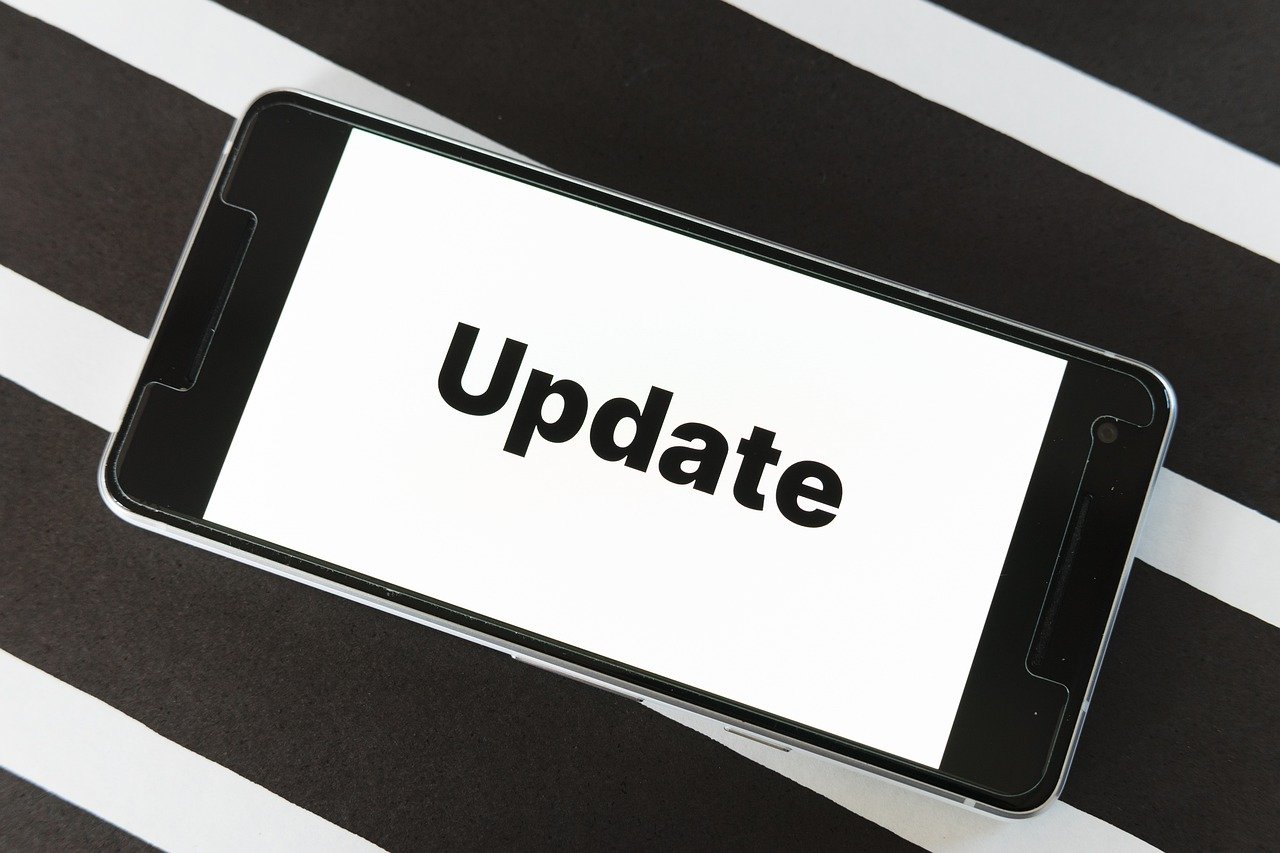But Adrienne Adams, 55, looked at the yellow barrier next to her house, wondering if this was the best solution her city could offer. It was decorated by a local artist with red polka dots and silhouettes of children, which made her think of her 17-year-old daughter, Adriana, and her 14-year-old son, E.J.
Their lives have been warped by gunfire, she said. Adriana had asked years ago if she could be home-schooled because too many classmates were getting caught up in spats that could escalate to violence. When her boyfriend recently called her, he could hear gunshots through the phone. E.J. has been forbidden from walking their dog outside.
Ms. Adams keeps two 9-millimeter pistols below her bed, in case of an intruder.
“You go to sleep, and your white noise is the gunshots,” Adriana said. And although the family initially thought the barriers were helping reduce the frequency of shootings, they now think the violence is back to what it was. They believe that bad actors have possibly learned new escape routes around the maze of barriers spread across East Lake.
ShotSpotter, a gunshot detection technology, tracked 1,011 shots in 2023 in East Lake. That fell to 804 in 2024, according to the city. At a recent Birmingham City Council meeting, council members unanimously voted to indefinitely extend Project Safe Streets, the program that included the barriers. Some pointed to the ShotSpotter data as evidence the program was working and said that reducing speeding and traffic outweighed the inconvenience of longer commutes.
“By my observation, the overwhelming response has been positive,” said Darrell O’Quinn, the president of the City Council, whose district includes East Lake. “When I have heard complaints, it’s been from nonresidents, people who live in adjacent neighborhoods, who use those streets to pass through.”

